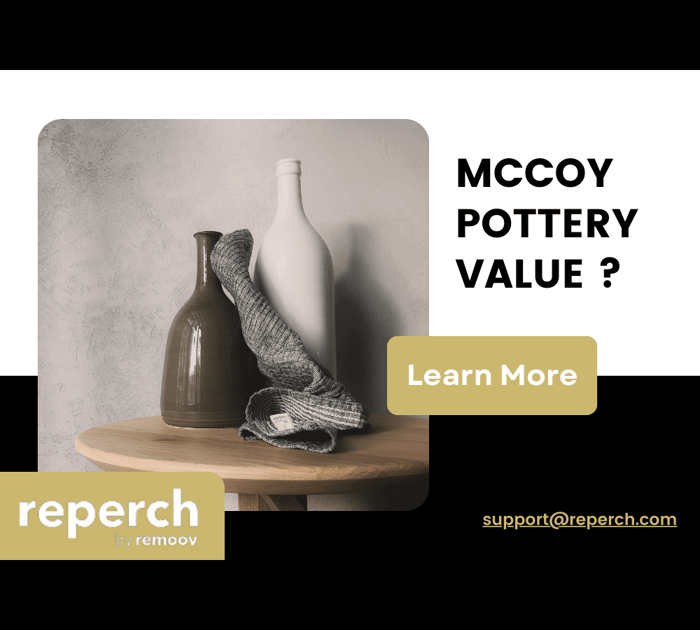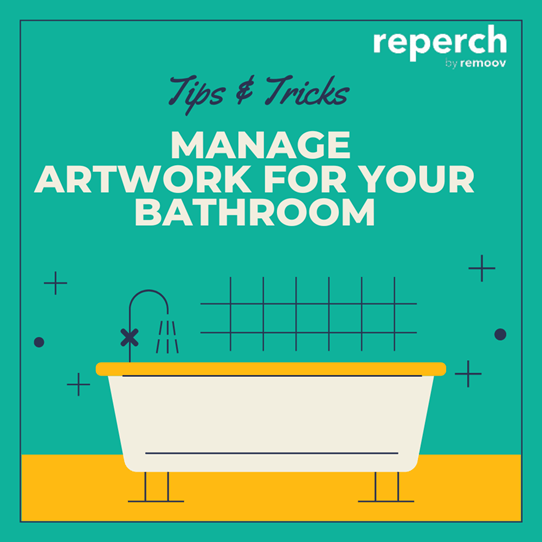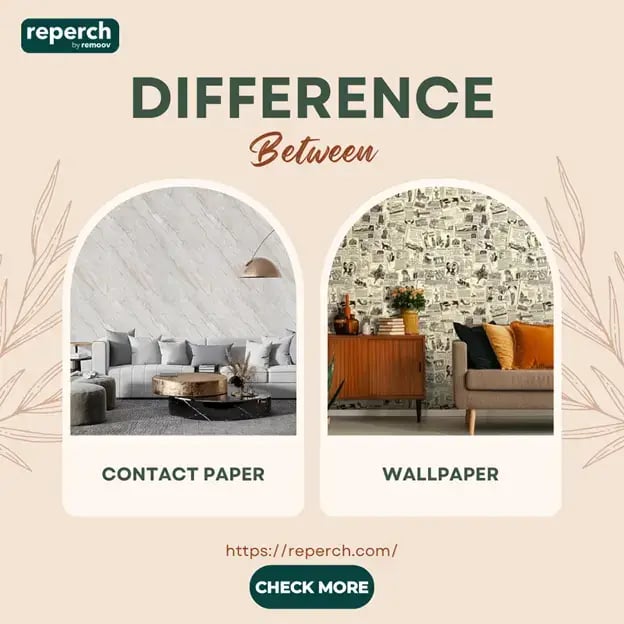McCoy Pottery holds a special place in the hearts of antique collectors and pottery enthusiasts alike. Known for their distinctive designs and broad appeal, McCoy pieces can be valuable collector's items.
This guide will help you navigate the world of McCoy Pottery value, from identifying authentic pieces to understanding their value and proper care.
The Rich History of McCoy Pottery
Origins and Evolution
Founded in 1910 in Roseville, Ohio, McCoy Pottery began as a simple operation producing stoneware items and quickly evolved into a leader in the American art pottery market. Understanding the company's history, including key production periods and styles, is crucial for any collector.
Iconic McCoy Pottery Lines
McCoy is renowned for several popular lines, including the "Jardiniere" planters, "Cookie Jar" collectibles, and "Floraline" vases. Each line has its own unique traits and markings, which are essential for identification.
Identifying Authentic McCoy Pottery
Markings and Stamps
Genuine McCoy pieces often feature specific marks that can include the McCoy logo. Familiarize yourself with these marks, as they vary depending on the production period. Some unmarked pieces also exist, requiring a more nuanced understanding of the pottery's physical characteristics.
Distinguishing Features and Finishes
McCoy Pottery is noted for its vibrant glazes and intricate relief patterns. Recognizing these can help differentiate authentic McCoy pieces from replicas or other pottery brands.
Factors Influencing McCoy Pottery Value

Rarity and Demand
The demand for particular pieces and their rarity have a significant impact on the value of McCoy pottery. Limited-edition items, such as those from short production runs or with unusual designs, tend to fetch higher prices.
Condition and Authenticity
The pottery's condition has a significant impact on its value. Pieces without chips, cracks, or restoration work are more desirable. Additionally, proven authenticity can increase an item's market value.
Where to Find McCoy Pottery
Antique Shops and Estate Sales
Antique shops, estate sales, and auctions are traditional haunts for finding McCoy pottery. These venues often offer a wide range of pieces, from common to rare finds.
Online Marketplaces and Collectors’ Shows
Online platforms like eBay and Etsy can also be fruitful sources, but they require a cautious approach to ensure authenticity. Attending collectors' shows provides opportunities to see the pottery firsthand and network with other enthusiasts.
Caring for Your McCoy Pottery Collection
Proper Cleaning Techniques
Maintain the integrity of your McCoy pieces by cleaning them with gentle, non-abrasive materials. Avoid harsh chemicals that can damage the glaze or coloring.
Displaying and Storing
Display your collection in a way that minimizes the risk of damage. Place the pieces securely in a stable environment, away from high-traffic areas and potential hazards.
Celebrating the Legacy of McCoy Pottery
Collecting McCoy pottery is not just about an investment; it's about preserving a piece of American craft history. Whether you're a seasoned collector or new to the field, understanding these elements can help you build a valuable and meaningful collection. Enhance your collector’s journey with quality finds from Reperch, where we value the beauty and history of each piece.
FAQs About McCoy Pottery
How do I verify the authenticity of McCoy Pottery?
Look for the McCoy mark, or familiarize yourself with the typical characteristics of McCoy glazes and designs.
What are some of the most valuable McCoy Pottery pieces?
Rare items from limited production lines, like certain cookie jars or planters, are usually among the most valuable.
Where is the best place to sell my McCoy pottery?
Consider specialty antique platforms, reputable auction houses, or collectors’ shows geared towards pottery and ceramics.
How can I repair damaged McCoy pottery?
To maintain the integrity of the piece, it's best to consult with a professional restorer who specializes in ceramics.
Can I use McCoy pottery for everyday purposes?
While it's safe for display, using vintage pottery in daily routines can risk damage. It’s advisable to use these pieces for decorative purposes only.








